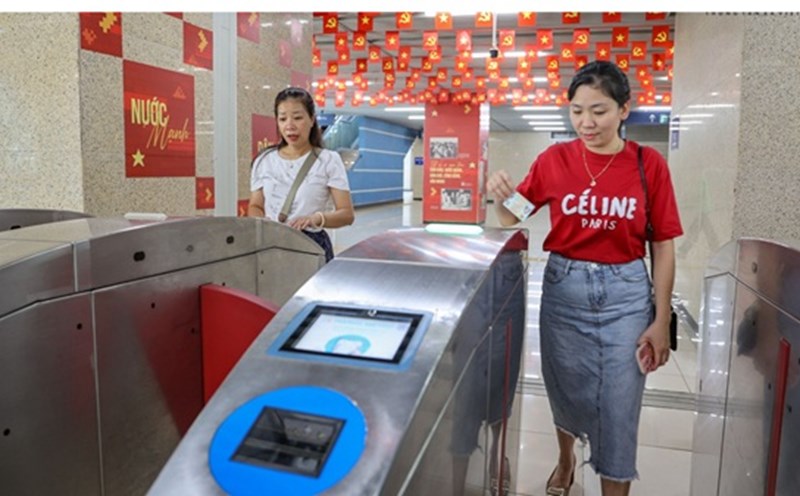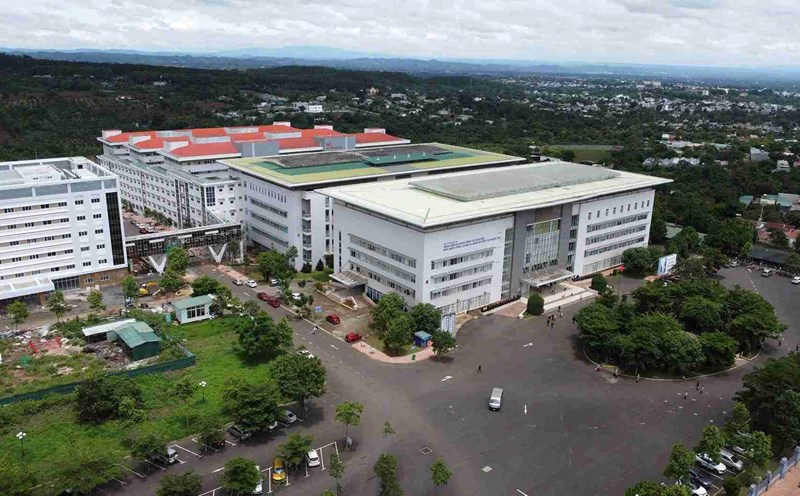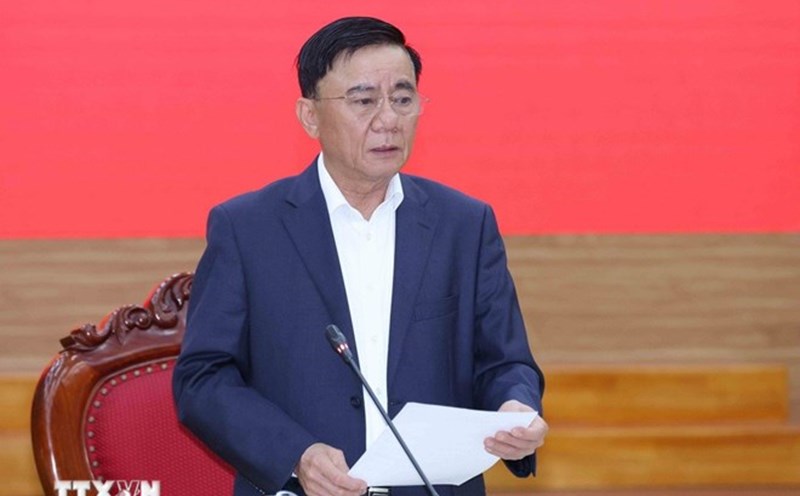In the second half of 2025, the apartment market witnessed a huge race to open for sale of high-end and luxury projects, with prices mostly over a hundred million VND per square meter.
Van Phuc Group has just booked for the Diamond Sky apartment project, the high-rise subdivision being implemented in Van Phuc City urban area. The investor's expected selling price is about 130 million VND/m2.
Gamuda Land is preparing to sell the next phase of the Eaton Park project. The investor said that the new basket of goods has 700 apartments, about 180-200 million VND/m2. Masterise Homes also participated in the race to sell luxury houses with more than 800 apartments in the Lumiere Midtown subdivision of The Global City urban area. In this sale, the new subdivision is being offered for more than 200 million VND/m2.
In addition, some investors Nam Long, Khang Dien, Phu Long... also plan to implement a series of projects, most of which are priced at about 70-85 million VND/m2. These are the same as or even higher prices than the townhouse segment in the same area.
According to statistics, in the first 8 months of this year, the increase in housing prices continued, especially in urban areas, according to DKRA data. Specifically, apartment prices in Ho Chi Minh City increased by 12-18% (pre-level and secondary), reaching an average of more than 80 million VND/m2. Similarly, in the old Binh Duong area, the increase in real estate prices was about 8-10%, to about 47 million VND/m2. This creates great pressure for young customers, those with real housing needs.
Mr. Can Van Luc, Chief Economist of BIDV Bank, cited statistics from the BIDV Training and Research Institute, showing that the reality of housing prices in large cities is increasing, exceeding the average income of young workers.
According to this expert, in the world, a family needs about 15 years of accumulation to buy an apartment, while in Vietnam this figure is nearly 26 years. This is about 10 years higher than the world average. Compared to last year, the accumulation time has increased by more than 2 years. In fact, the number of years of accumulation will still be higher because house prices always increase faster than income.
One major reason for the sharp increase in housing prices is the decline in housing supply. Data from Savills shows that Ho Chi Minh City has faced a shortage of housing supply for the past 5 years.
Specifically, Ho Chi Minh City aims to develop 235,000 new houses in the 2021-2025 period, but currently only about 24% of the target has been achieved, with a shortage of up to 179,000 apartments. In the ground segment, the situation is even more difficult. In the second quarter of 2025, there were only more than 600 primary apartments and the supply was only 80.
The absorption rate decreased to 15%, with 100 units sold in the context of large inventories of high-end goods and limited buyers. As of the first half of 2025, the primary supply is only 700 units, with 170 transactions. From now until 2027, Ho Chi Minh City is expected to have only about 3,600 new townhouses, mainly in suburban areas.
Despite facing many challenges in increasing supply, Savills believes that in the long term, with positive changes and improvements from the application of laws and new policies, to streamlined legal approval procedures, it will create development expectations for the residential real estate market.
However, the most concerned thing at present is the need for a control policy soon to bring real estate prices to a reasonable level. Investors also need to change their strategies, focusing on developing affordable products to meet the real housing needs of the people.
The trend of moving to satellite cities to seek settlement opportunities is also a solution, in the context of housing prices having difficulty cooling down. For example, according to statistics from DKRA Group, Ho Chi Minh City and neighboring areas have 18 urban projects over 100 hectares, with a total area of over 16,500 hectares.
Of which, 8 projects are being implemented, providing more than 50,000 products to the market. This is expected to be an important factor in promoting the sustainable development of the housing market in the future.












